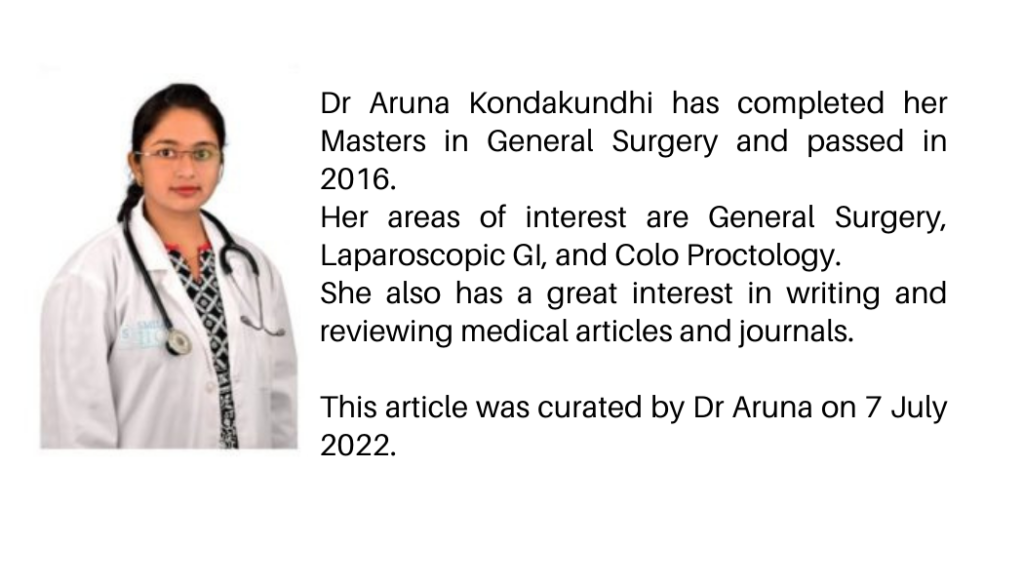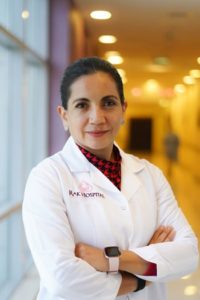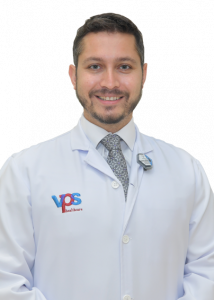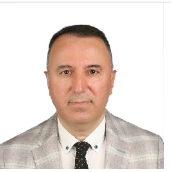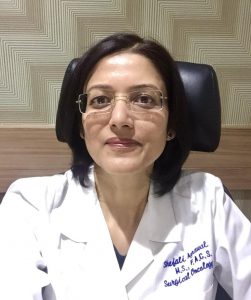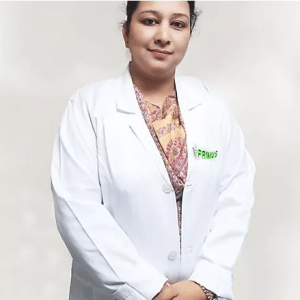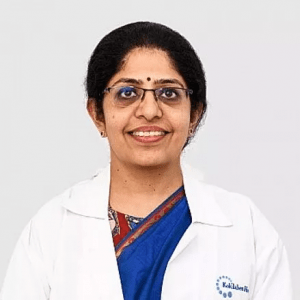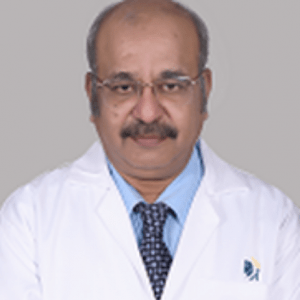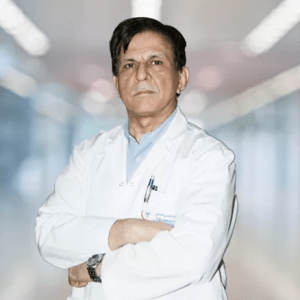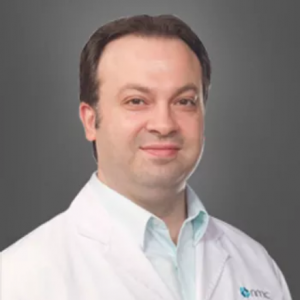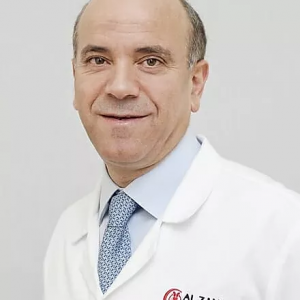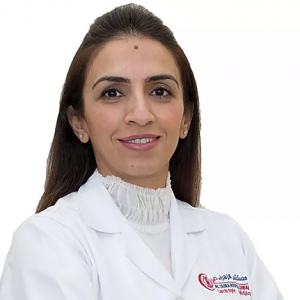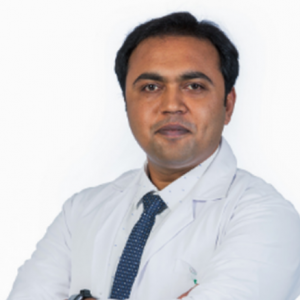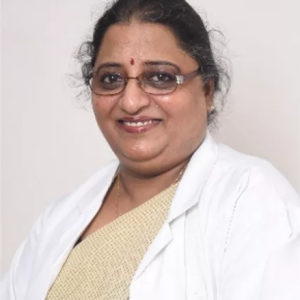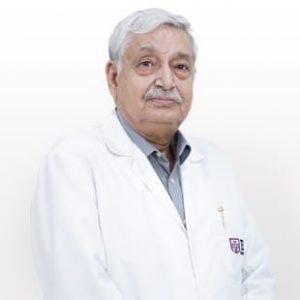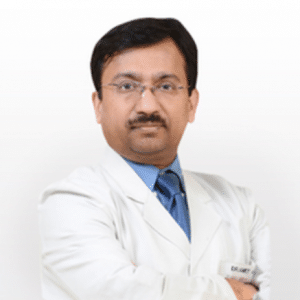Cancer
Normally, human cells grow and divide to form new cells as the body needs them. When cells grow old or become damaged, they die, and new cells take their place. However in Cancer, some of the body’s cells begin to divide without stopping and spread into surrounding tissues.These extra cells can divide without stopping and […] Read More
Top Doctors For Cancer Treatments
Top Hospitals For Cancer Treatments
Cancer
Table of contents
What is Cancer?
The processes of meiosis and mitosis of cells lead to cell division and differentiation, after which they migrate to the parts of the body where they are needed. Over time, the cells become aged or damaged, leading to their demise. The cells that are dead are then replaced with new cells. When cancer occurs, the cells proliferate uncontrollably and spread to surrounding tissues.
These extra cells can divide without stopping and may form masses called cancers or tumors. Solid tumors are masses of tissue formed by many cancers. Cancers of the blood, such as leukemias, generally do not form solid tumors. Tumors are classified as malignant and benign. Malignant tumors refer to those types of cancers that spread into or invade nearby tissues. Benign tumors differ from malignant cancers because they do not spread into or invade nearby tissues.
Malignant cancers result in metastasis. Metastasis is a condition in which the cells of the body break off and travel through the blood or the lymph system to distant parts of the body to establish other tumors far from the first one.
One difference between benign and malignant tumors is that while benign tumors do not grow back when removed, malignant tumors do grow back. Most benign tumors located across the body are not life-threatening, but benign brain tumors can be.

What are the types of cancer?

There are several cancers occurring (approx 170 types). The more common ones are as follows:
- Bladder Cancer
- Breast Cancer
- Colon and Rectal Cancer
- Endometrial Cancer
- Kidney Cancer
- Leukemia
- Liver Cancer
- Lung Cancer
- Melanoma
- Non-Hodgkin Lymphoma
- Pancreatic Cancer
- Prostate Cancer
- Thyroid Cancer
What are the risk factors and causes of cancer?
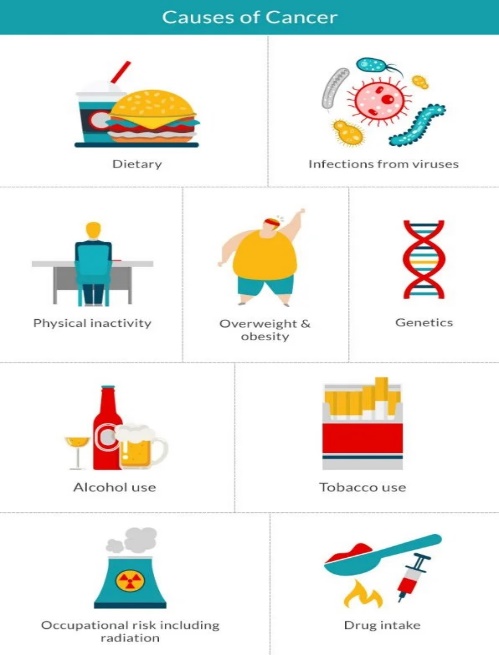
Known as a common genetic disease, cancer is caused by abnormal changes to genes that control the functioning, growth and division of cells. The changes that occur in the genes can either be acquired or inherited.
Acquired cancer arises during a person’s lifetime due to errors that occur as cells divide or because of damage to DNA caused by certain environmental exposures.
Carcinogenic substances found in the environment include tobacco, smoke, and radiation (ultraviolet rays from the sun).
- There are no clear reasons for cancer onset. Researchers have discovered some plausible causes and they include:
- Smoking
- Obesity and overweight.
- Genetic factors
- Excessive alcohol consumption
- Exposure to excessive radiation
- Exposure to chemicals and toxins
- Sedentary lifestyle.
- Exposure to UV / IR rays.
- The risk factors include the following:
- Diet
- Obesity
- Diabetes
- Lack of physical activity
- Alcohol
- Environmental
Symptoms
The symptoms of cancer are many, and they are most often caused by conditions such as illness, injury, benign tumors, or other problems. Whenever a patient suffers from certain symptoms that do not get better after a few weeks, the patient should consult the doctor so that problems can be diagnosed and treated as early as possible. Often, cancer is known to be painless, and thus, individuals are encouraged to see the doctor as soon as they notice unusual changes in their bodies. Some of the most common symptoms include:
- Bladder changes
- Difficulty in urinating
- Pain when urinating
- Blood in the urine
- Bowel changes
- Blood in the stools
- Changes in bowel habits
- Breast changes
- A lump or firm feeling in the breast or under the arm
- Nipple changes or discharge
- Itchy, red, scaly or puckered skin
- Cough or hoarseness that does not go away
- Eating problems
- Pain after eating (indigestion or heartburn that does not go away)
- Trouble swallowing
- Belly pain
- Nausea and vomiting
- Appetite changes
- Fatigue that is severe and lasts
- Fever or night sweats for no known reason
- Mouth changes
- A white or red patch on the tongue or in the mouth
- Bleeding, painful, or numb lip or mouth
- Neurological problems
- Headaches, Seizures, Vision changes
- Hearing changes
- Drooping of the face
- Skin changes
- A flesh-colored lump that bleeds or turns scaly
- A flesh-colored lump that bleeds or turns scaly
- Development of a new or modified mole
- A sore that does not heal
- Jaundice (yellowing of the skin and the sclera, which is the white part of the eyes)
- Lumps or swelling around the body, like the stomach, neck, groin, or underarm.
- No known cause for weight gain or loss
Diagnosis
Diagnosis of cancer can usually be divided into 3 types of tests:
- Lab test
- Imaging tests
- Biopsy tests
Lab tests are not conclusive, though they can indicate certain tumor markers’ presence (or absence).
Imaging tests are usually used to create pictures of areas inside the body and help the doctor to see if a tumor is present. Some of the common imaging techniques used are:
Biopsy
In most cases, the conclusive test for determining cancer is a biopsy. In this procedure, the doctor removes a tissue sample and sends it to a pathologist. The pathologist uses a microscope to examine the tissue sample, after which certain tests are conducted to confirm if the tissue is malignant or benign.
A biopsy is done by using a needle (to draw tissue samples) or by endoscopy, where the doctor uses light to examine areas inside the body (like colonoscopy or bronchoscopy) or by surgery, where anesthesia (local or general) is applied before surgically removing an area of the tissue.
Treatment
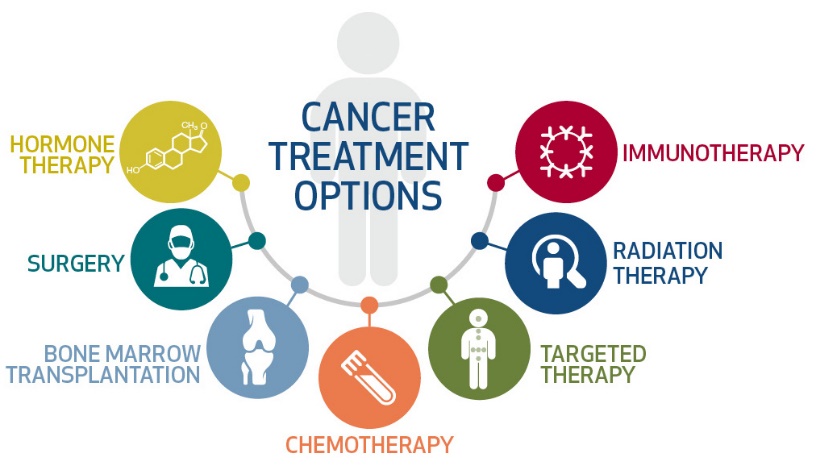
There are many types of cancer treatment.
The treatment the patient receives will depend on the type of cancer they are diagnosed with and how advanced it is. In some cases, only one form of treatment is needed to treat people with cancer. In other cases, a combination of treatments, such as surgery with chemotherapy and/or radiation therapy, is required.
- Surgery: A procedure where a surgeon removes any cancerous cells from the body. It is considered a treatment option only when the tumor is in an early stage.
- Radiation Therapy: Radiation therapy uses high doses of radiation to shrink tumors and kill cancer cells. Radiation therapy can sometimes be done in combination with chemotherapy or done prior to surgery or after the surgery.
- Chemotherapy: Chemotherapy is a type of treatment where drugs are employed to eliminate cancerous cells.
- Immunotherapy to Treat Cancer: Immunotherapy is a type of treatment that helps the immune system to fight against cancer.
- Targeted Therapy: Targeted Therapy is a form of treatment that targets cancer cells to make them grow, divide and spread. The main advantage of targeted therapy is these drugs kill only the cancer cells, and the chances of killing normal cells are minimal.
- Hormone Therapy: Hormone Therapy is a treatment that stops or slows the growth of breast cancers and prostate cancers. These types use hormones to proliferate.
- Precision Medicine: Precision medicine helps doctors select treatments most likely to help patients based on a genetic understanding of their disease.
The future of cancer treatment

Side Effects of Cancer Treatment
Cancer treatments can cause side effects. The term “side effects” is used to describe undesirable effects in healthy tissues or organs of the body after receiving a certain treatment. It is essential that they are identified so that they can be easily recognized to help mitigate possible side effects:
- Anemia
- Loss of appetite
- Bleeding and Bruising (Thrombocytopenia)
- Constipation
- Delirium
- Diarrhea
- Edema (Swelling)
- Fatigue
- Fertility Issues in Boys and Men
- Fertility Issues in Girls and Women
- Flu-Like Symptoms
- Hair Loss (Alopecia)
- Infection and Neutropenia
- Lymphedema
- Memory or Concentration Problems
- Mouth and Throat Problems
- Nausea and Vomiting
- Nerve Problems (Peripheral Neuropathy)
- Organ-Related Inflammation and Immunotherapy
- Pain
- Sexual Health Issues in Men
- Sexual Health Issues in Women
- Skin and Nail Changes
- Sleep Problems
- Urinary and Bladder Problems
Complementary and Alternative Medicine
Complementary medicine is defined as treatments employed alongside standard medical treatments but are not considered standard treatments. Acupuncture is an example of complementary medicine that involves using tiny needles to reduce some side effects of cancer treatment.
Alternative medicine describes treatments that are used in place of standard medical treatments. An example of alternative medicine involves a cancer patient going on a special diet to treat the disease instead of anticancer drugs.
Integrative medicine refers to a holistic approach to medical care. It combines the use of standard medicine with safe and effective CAM practices. They treat the patient’s mind, body, and spirit.
Prevention
Cancer cannot be prevented completely. But certain risk factors can increase the incidence of cancer. By avoiding those risk factors, the severity of cancer can be minimized.
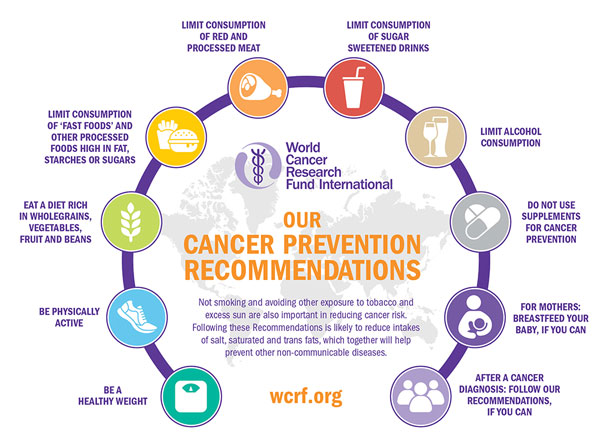
Cancer prevention refers to steps undertaken to decrease the risk of developing it. People with cancer, together with their family and friends, suffer a lot. They deal with physical problems, emotional distress and financial expenses spent on their care. By practicing the actions that can prevent it, the emergence of new cancer cases will be reduced. This will hopefully reduce the cancer burden and decrease the number of cancer-related deaths.
Cancer is not one disease but a group of related diseases. Many things in our genes, lifestyle and environment may increase or decrease the risk. Research on discovering new ways of preventing it is ongoing by scientists. Some of these ways include the following:
- Control or reduce things (cancerous substances) that cause cancer.
- Changes in diet and lifestyle.
- Finding precancerous conditions early. Precancerous conditions are conditions that may become cancer.
- Precancerous conditions can be treated or prevented by chemotherapy.
- Risk-reducing surgery.
FAQ
The TNM staging of cancer usually co-relates to one of the following five stages. 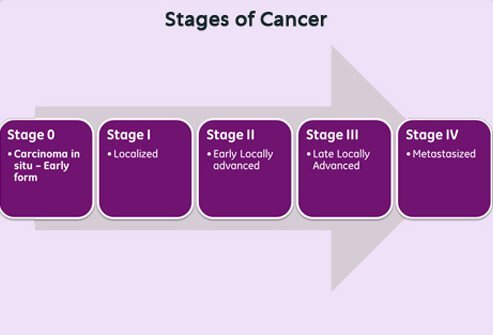
Picture Courtesy: onhealth
During cancer, the mutation in a gene can instruct a healthy cell to
1) Allow rapid growth of cells
2) Fail to stop uncontrolled cell growth
3) Make mistakes when repairing DNA errors.
The incidence of cancer is increasing over time. It is a common disease that can affect almost all body parts. About 39.5% of people get diagnosed with cancer at some point.
The symptoms are known to vary significantly in individuals. In most cases, the cancers are asymptomatic at an early stage. However, there are very few signs that could indicate the early signs of cancer. They are:
a) Sudden unexplained weight loss
b) Chronic tiredness
c) Persistent pain
d) Skin changes
e) Lump or swelling
During metastasis (spread of cancer), the cancer cells break away from the tumor origin, travel through the body via the bloodstream, and lymphatic system, then form a new tumor in that area. This process is called metastasis.
